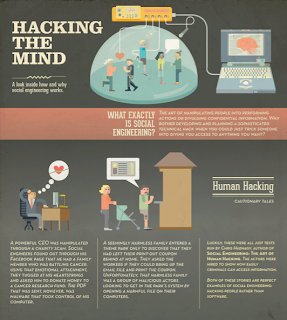The Long Island Rail Road (LIRR) is the busiest commuter train in the country. Each day, the Manhattan Transit Authority (MTA) carries
335,000 passengers to Penn Station, New York. With
124 stations and 700 miles of track, the LIRR is not only the oldest U.S. railroad still operating under its
original charter since 1834, but it’s also the
only line operating 24 hours a day, seven days a week.
Given the enormous number of riders entrusting their well-being to the LIRR, you’d think safety would be a number-one concern. The LIRR’s emergency placards, however, are baffling. They are proof that poor graphics can be found anywhere. Aside from the grammar disgraces, the LIRR’s ill-designed visuals might actually harm rather than help the public’s daily commute.
The emergency instructions are posted over every train door. They are the primary guides for passengers who might encounter danger. At best, however, the signs are silly examples of why everyone needs a good editor. At worst, the placards are embarrassing safety graphics. For example, the title itself is overly wordy to grab one's attention. Shouldn't it just be labeled "Emergency Instructions," since anyone reading it is already on-board the train?
As a whole, from a design sense, the sign lacks both balance and parallelism. The icons and text fail to match each other. On the left side, each category of text is paired with a corresponding symbol as a visual cue. On the right side, the sign creator seems to have gotten tired and instead left blank spaces in the area reserved for icons.
Also, each section of the sign refers to a different type of potential emergency, such as "Evacuation," "Fire," "Medical," "Police," and "Always." Huh? How is "Always" a type of emergency? The basic rule of parallelism in drafting a graphic requires that the arrangement be logical. Here, the higher status of "Always," above "Medical" and "Police," is confusing in its primary placement. It's also jarring in the abrupt change of information type.

On the left side, one of the icons is downright unidentifiable. In the "Fire" section, a symbol clearly indicates the electrified tracks beneath the train. The other symbol appears to be a bomb with a circle and red line. "No bombs"? Compared to the adjacent text, the icon has no obvious relative. It doesn't appear to refer to emergency workers, fire extinguishers, or emergency cords. In fact, it looks like a submarine, which is even more confusing.
The only possible meaning is the emergency cord, which we are told not to activate. For reference, here is a picture of the actual "cord" (on the right), which looks nothing like the logo. Also, it is easily accessible to any passenger, even though we are told never to use it.
From a grammar perspective, it seems as though no one proofread the sign's text. For example, the section on "Evacuation" explains that, "There are four emergency windows in this car (please note locations)." Here, the writer chooses parentheses as punctuation marks to denote supplemental information. It's unclear why the instruction is in parentheses, as opposed to its own sentence, but that's a style choice.
Then, the line below reads, "In the event of an emergency, doors can be opened manually see opening instructions in vestibule." Instead of returning to parentheses, the writer now smushes additional information into the end of the main sentence, creating a textbook example of a run-on sentence. Parallelism would dictate more parentheses, but the writer instead types the words in a stream-of-consciousness style, with both phrases running confusingly together.
In the final section, the text for "Fire" tells us to, "Remain inside-tracks are electrified." Now, rather than either parentheses or a run-on sentence, the writer opts for a hyphen between the two phrases. The problem is that hyphens are used to join two words into one, such as "long-eared" or "short-lived." The new word created here is "inside-tracks." When read quickly, this is honestly a confusing sentence. The proper punctuation here would have been the dash – specifically the
em dash, such as these two – which are used with spaces on either side to denote breaks in syntax.
The other side of the sign, in the quirky "Always" section, features a directive in which almost every word is inexplicably capitalized: "Use the Passenger Emergency Intercom to contact a Train Crew Member. Listen for Announcements." It's possible that "Passenger Emergency Intercom" is a proper name, and perhaps "Train Crew Member" is an official title. But "Announcements" is neither. This seems like the classic case of someone incorrectly using capitalization to denote importance.

Furthermore, in the ensuing section, the "title" for crew members is used four more times in various incarnations – none of which are capitalized.
Perhaps we're being unjust to the sign creators or nitpickingly pedantic. That's a fair criticism. But in a world where visual graphics are taking on increasing prominence and importance, it seems that an emergency sign would merit several proofreads and careful design considerations in order to generate the most effective safety measures possible.
The LIRR is already facing
more serious charges of pension and disability fraud among its personnel. So maybe we should take it easy on the creators of these cringeworthy signs. For reference, here are
further, extended LIRR on-board train emergency and evacuation instructions from the MTA website.
















































